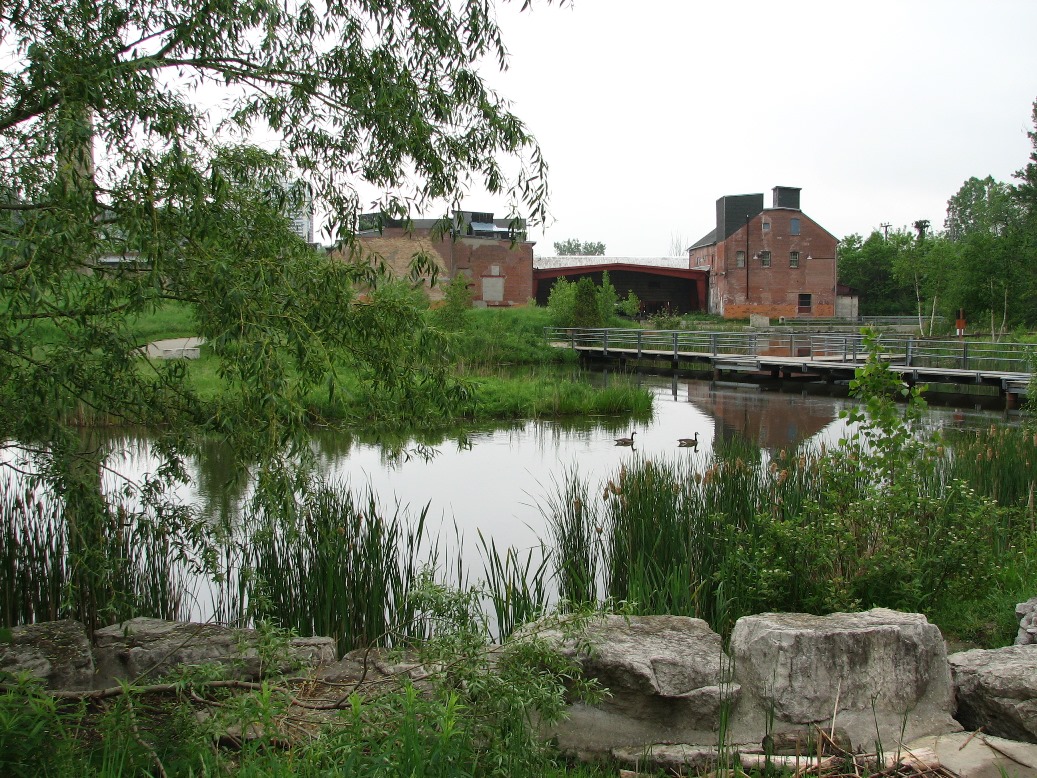A team of researchers, led by psychologist Marc Berman of the University of Chicago, conducted a study in Toronto and published their findings in the journal Scientific Reports.
Other studies have shown that natural environments can enhance health and here we build upon that work by examining the associations between comprehensive greenspace metrics and health.
This report focused on a large urban population center (Toronto, Ontario, Canada) and related the two domains by combining high-resolution satellite imagery and individual tree data from Toronto with questionnaire-based self-reports of general health perception, cardio-metabolic conditions and mental illnesses from the Ontario Health Study.
Results from multiple regressions and multivariate canonical correlation analyses suggest that people who live in neighborhoods with a higher density of trees on their streets report significantly higher health perception and significantly less cardio-metabolic conditions (controlling for socio-economic and demographic factors).
We find that having 10 more trees in a city block, on average, improves health perception in ways comparable to an increase in annual personal income of $10,000, moving to a neighborhood with $10,000 higher median income, or being 7 years younger.
We also find that having 11 more trees in a city block, on average, decreases cardio-metabolic conditions in ways comparable to an increase in annual personal income of $20,000, and moving to a neighborhood with $20,000 higher median income or being 1.4 years younger.
The health of cities, nature, and people are tightly intertwined, and green cities are healthy for people and nature alike.With the world rapidly becoming urbanised, more and more people are moving away from significant daily contact with nature and into cities where contact with the natural world is minimal.
That’s cause for concern, as a multitude of studies indicate myriad beneficial health effects from increasing people’s access to trees and green spaces.
Suburbs can be a part of the solution, too, but not with the past model of car-dependent living. Current sprawling suburbs can be retrofitted to be more urban, walkable, and sustainable, as has been demonstrated in the book Retrofitting Suburbia by Ellen Dunham-Jones and June Williamson.


